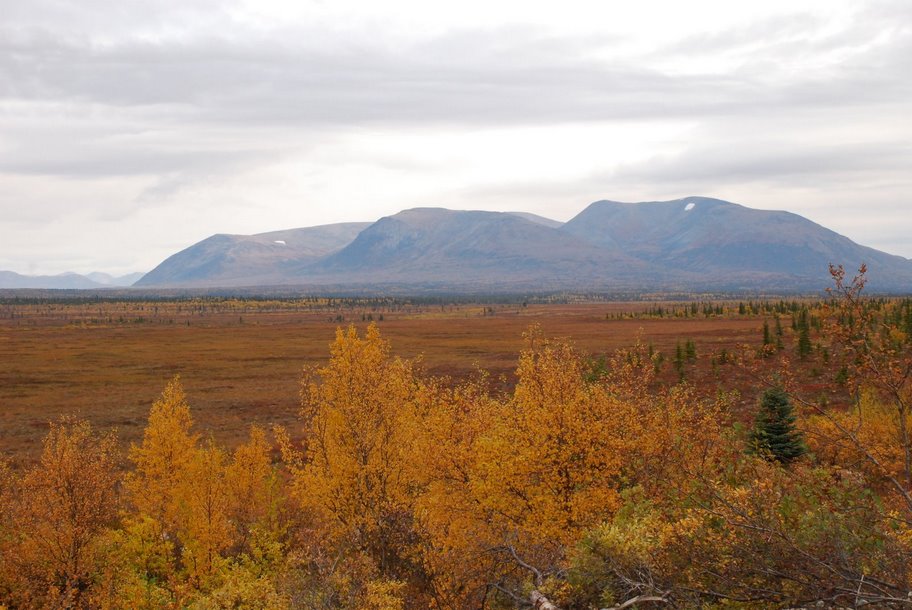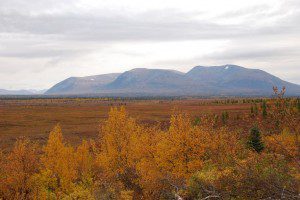
EPA Proposes Restrictions on the Pebble Project
Today, four years after Bristol Bay area Tribes petitioned the Environmental Protection Agency (EPA) to exercise its authority under section 404(c) of the Clean Water Act to review the impacts and possibly halt the Pebble Mine, the Environmental Protection Agency released its Proposed Determination. EPA Region 10 Administrator Dennis McLerran expressed the need to protect salmon and salmon habitat in “the world’s greatest salmon fishery” from “what would most certainly be one of the largest open pit mine developments ever conceived.”
Pebble filed a lawsuit challenging EPA’s decision to start the 404(c) process, and the State of Alaska has joined the suit. Trustees for Alaska, on behalf of Nunamta Aulukestai, filed a motion to intervene in the case on the side of EPA. Other potential intervenors are the Bristol Bay Native Corporation, the United Tribes of Bristol Bay and the Natural Resources Defense Council.
The Proposed Determination proposes restrictions on permits issued for the project under section 404 of the Clean Water Act. The Proposed Determination would prohibit a mine that would result in:
- The loss of 5 or more linear miles of salmon streams or 19 or more linear miles of tributaries without salmon;
- The loss of 1,100 or more acres of wetlands, lakes, and ponds; or
- Streamflow alterations greater than 20% of daily flow in 9 or more linear miles of salmon streams.
The Proposed Determination’s Executive Summary states:
Alaska’s Bristol Bay watershed (Figure ES-1) is an area of unparalleled ecological value, boasting salmon diversity and productivity unrivaled anywhere in North America. . . . The Bristol Bay watershed’s streams, wetlands, and other aquatic resources support world-class, economically important commercial and sport fisheries for salmon and other fishes, as well as a more than 4,000-year-old subsistence-based way of life for Alaska Natives. Each year Bristol Bay supports the world’s largest runs of sockeye salmon, producing approximately half of the world’s sockeye salmon.
The EPA’s Proposed Determination covers the claims area owned by Northern Dynasty Minerals and its subsidiaries, including the Pebble Limited Partnership. EPA’s action doesn’t prohibit Pebble, but it would restrict the size and design of a proposed project. It does not address restrictions on roads and other infrastructure necessary to operate the mine.
EPA’s Clean Water Act authority in the case of Pebble is very important because of the risk Pebble poses to salmon runs that support the world. As the Executive Summary notes:
The CWA [Clean Water Act] is a law essential for EPA’s mission, which is to protect and restore the environment and public health for current and future generations. Section 404(c) of the CWA authorizes EPA to prohibit, restrict, or deny the use of any defined area in waters of the United States for specification as a disposal site whenever it determines, after notice and opportunity for public hearing, that the discharge of dredged or fill material into the area will have an unacceptable adverse effect on fishery areas (including spawning and breeding areas). EPA has used its Section 404(c) authority judiciously and sparingly, having completed only 13 Section 404(c) actions in the 42-year history of the CWA.
On the legislative front, the U.S. Congress’ House Transportation and Infrastructure Committee forwarded a bill to the House Floor that would block EPA’s authority to use section 404(c) in this way.
The public comment period is open until September 19, 2014 for the Proposed Determination. Click here for a how-to guide for submitting comments to the EPA on the Proposed Determination.



